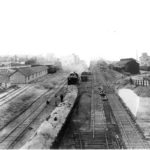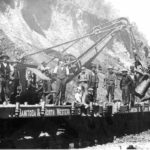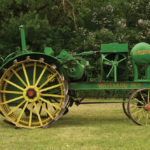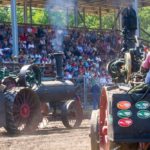
Tag Archives Manitoba Agricultural Museum

Roadside statues have a story to tell
Some represent history, geography or legends, others are just plain quirky

Where to celebrate Louis Riel Day
With a variety of activities to choose from there’s sure to be something to interest you on this long weekend

The Great North West Central Railway
This colonization railway has a colourful history but is all but forgotten today

Brandon CPR yard a snapshot of history
Close examination of this photo reveals much of early life in the Wheat City

The Peter and Duncan Henderson outfit
These early Boissevain-area settlers were noted threshermen of their day

The Manitoba and North Western Railway
The now-forgotten railway was one of the region’s ‘colonization railways’

The Waterloo Boy Model N tractor
This tractor company pioneered the use of gasoline engines

John Deere during the pioneer days in Manitoba
Deere’s Prairie distribution was performed by a local company in the early years of the wheat boom

PHOTOS: Manitoba’s agricultural history on display in Austin
Once again, the Manitoba Threshermen's Reunion and Stampede was a hit with attendees

Manitoba’s earliest agriculture
Canada 150: First Nations, fur traders and the Selkirk settlers all grew some of the earliest harvests in Manitoba


